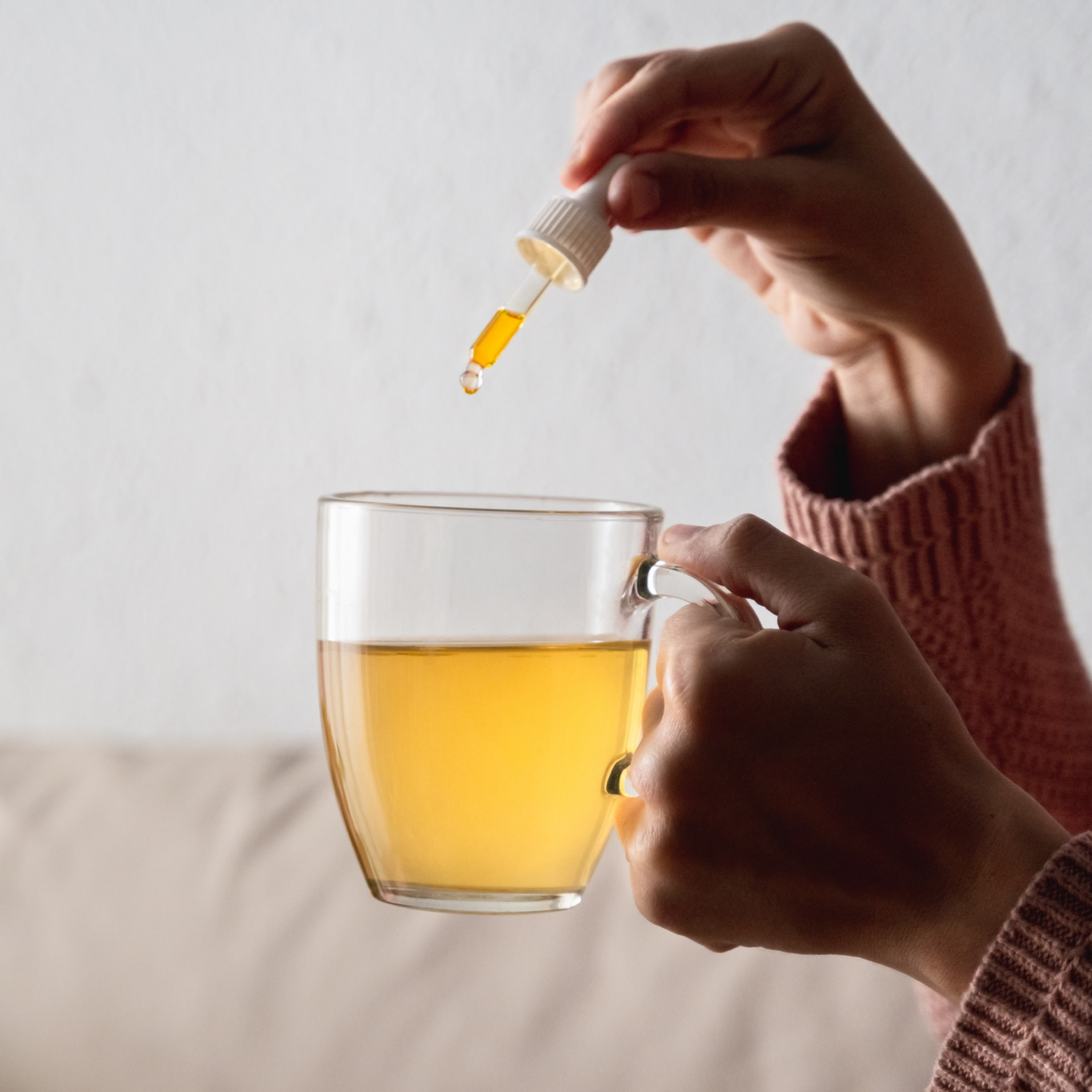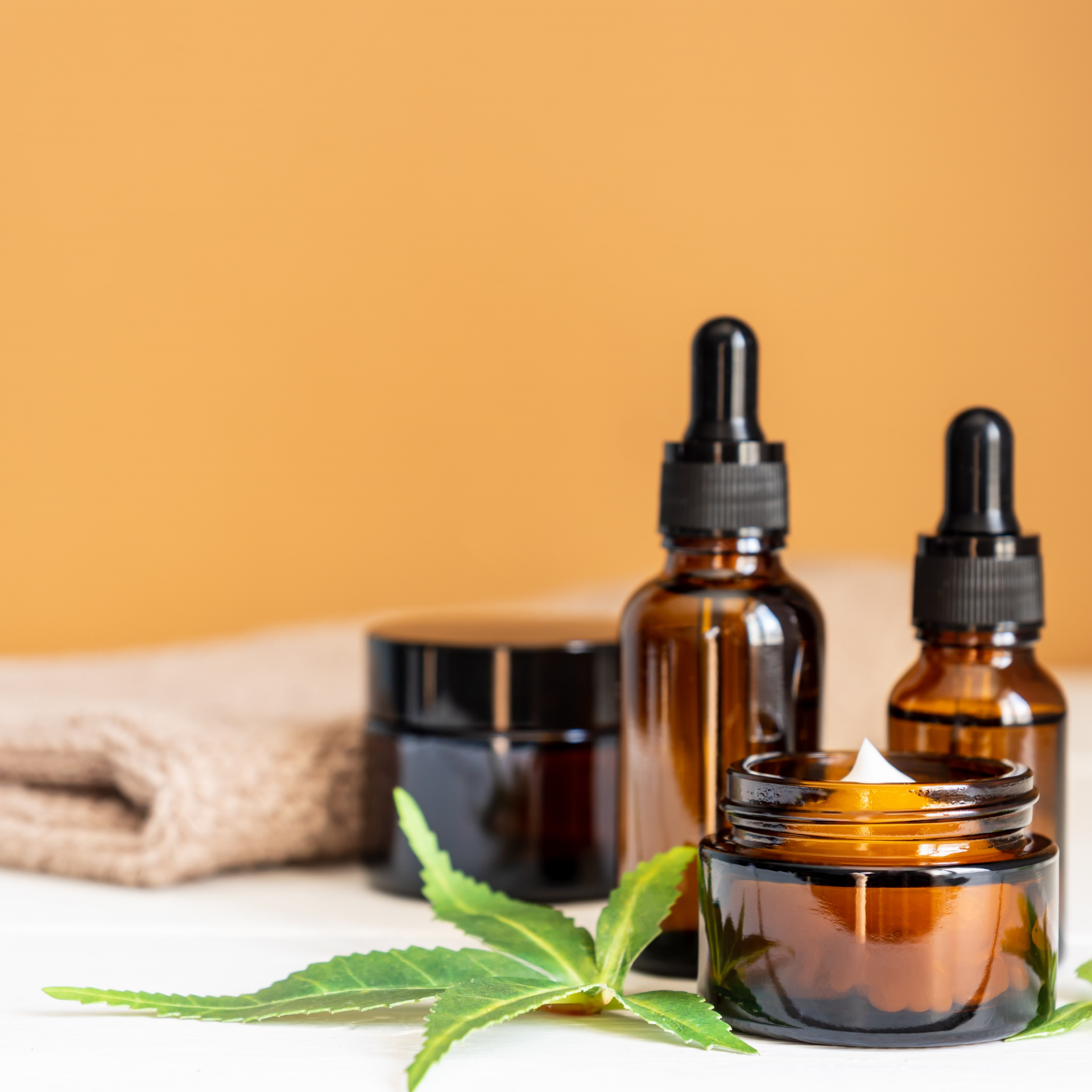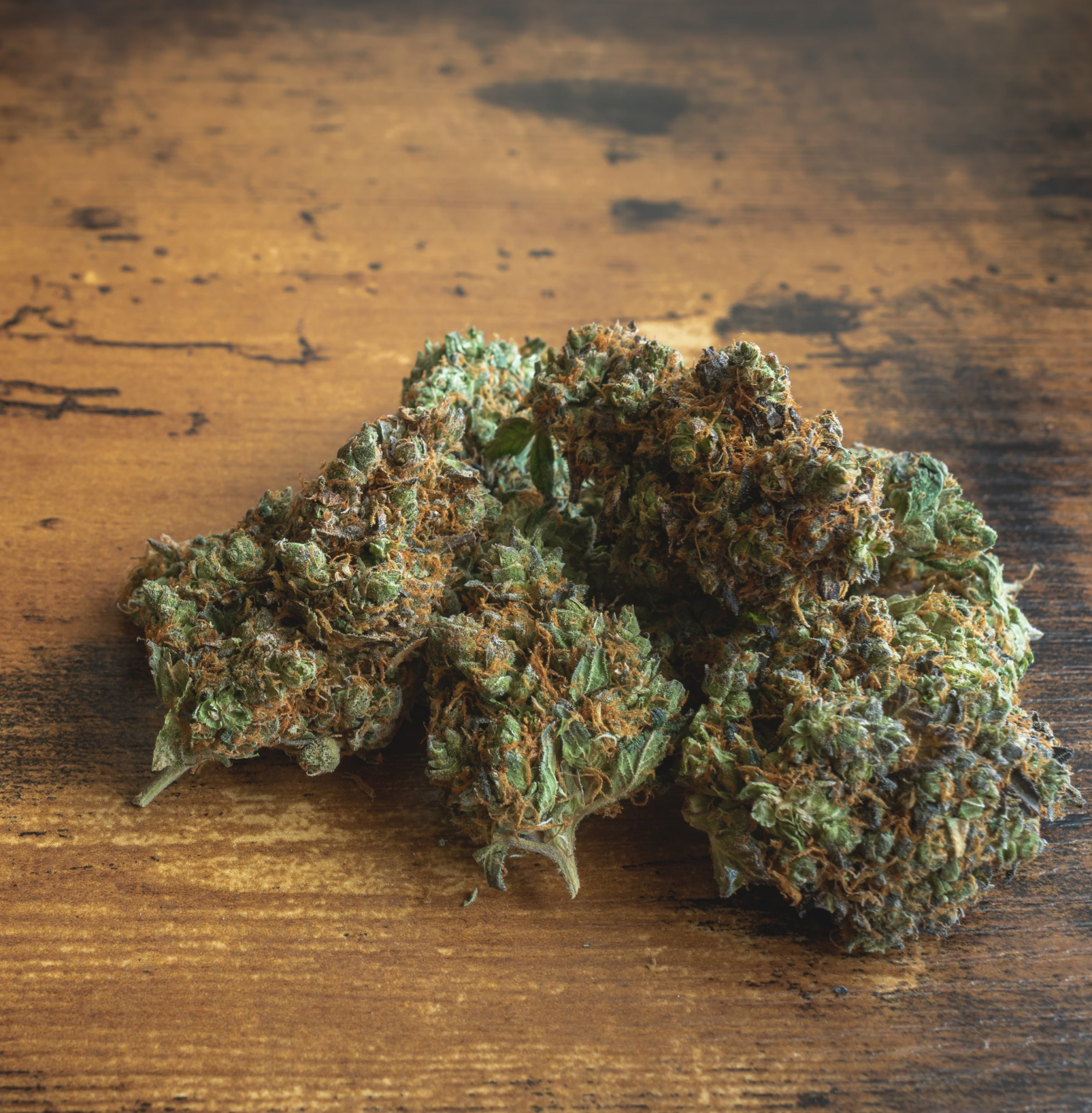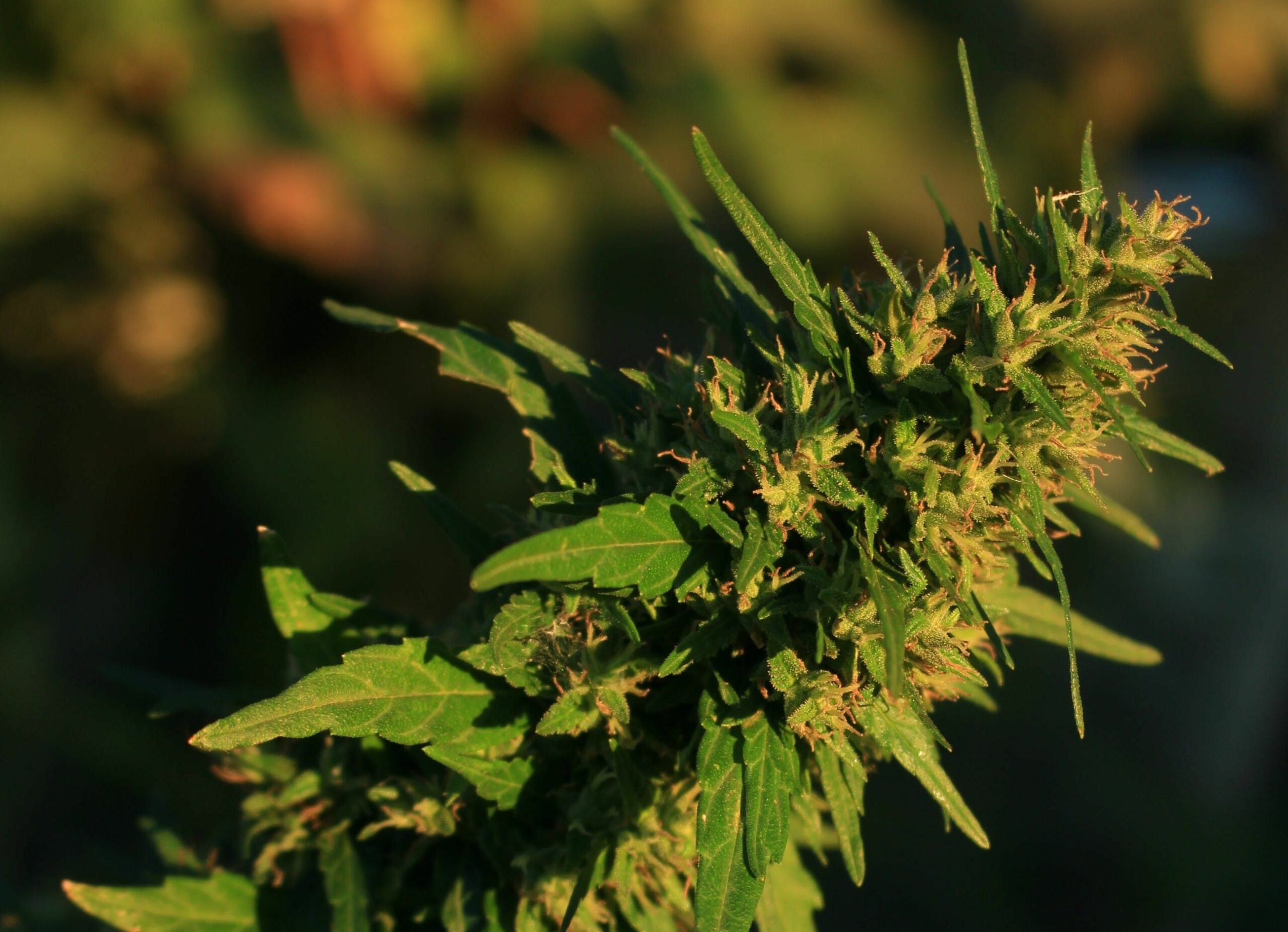Suffering from anxiety? It’s not just you. It’s a stressful world out there, and many find themselves overwhelmed by intense feelings of anxiety along with anxiety’s uncomfortable and sometimes debilitating symptoms.
Thankfully, cannabis can help ease anxiety and restore functionality for those struggling with this common disorder. Unfortunately, cannabis can also worsen or induce anxiety if used incorrectly. While researchers studying cannabis have found some promising results for treating anxiety, few have looked at which strains of cannabis may be best suited to this task.
That said, a recent study is beginning to change the current landscape—by identifying specific strains that best reduce anxiety.

Cannabis for Anxiety
Anxiety is a common condition, and it’s one of the most frequent reasons why people take cannabis. Anxiety can seriously impact your life with its array of negative effects such as:
- Feelings of panic, fear, or uneasiness
- Dizziness
- Heart palpitations
- Difficulty thinking or focusing
- Tingling in hands and feet
- Shortness of breath
- Tense muscles
- Nausea
- Insomnia
But cannabis offers some hope to this stressful picture. Research suggests that cannabis can effectively relieve anxiety. In fact, studies have shown that taking cannabis not only reduces subjective reports of anxiety, it also reduces the biological indicators of stress like the chemical cortisol.
RELATED: MOVE OVER ANTI-ANXIETY DRUGS, CANNABIS CAN HELP
Unfortunately, studies also show that cannabis can also worsen anxiety. For example, some studies looking at cannabis and anxiety have found a dose-dependent relationship. Too much or too little of cannabis’s active ingredients, tetrahydrocannabinol (THC) or cannabidiol (CBD), and marijuana can go from improving anxiety to worsening it.
To make matters more confusing, there’s an incredible amount of variety in the cannabis plant. Depending on the strain of cannabis and its chemical composition, you may find very different effects. According to patients’ subjective reports, some strains are better at relieving anxiety than others are.
So we know that the dose and chemical composition of a specific cannabis strain may be of incredible importance when treating anxiety. Still, no scientific studies have looked into what chemical profiles may be most effective—until now.

Searching for Strains That Relieve Anxiety
From a scientific perspective, we know very little about which strains work best for anxiety. But researchers from Whistler Therapeutics in British Columbia are starting to change all that.
These innovative scientists are side-stepping the question of whether cannabis in general works for anxiety and searching for a specific anti-anxiety cannabis chemotype instead. Their study was small and had considerable limitations, but it’s a great start at trying to identify specific strains. Hopefully, this will pave the way for more studies that delve into this complicated issue.
Researchers on this project worked exclusively with a particular dispensary so that they could survey patients about specific strains. They then used the lab test results from these strains to compare against the responses to the chemical profiles.
First, they collected survey information on the 442 patients participating in the study. Patients reported the most and least effective strains for reducing anxiety (from the limited collection that was available at the dispensary). Then they rated the efficacy of each using a scale of 1–10. Using statistical analysis on all of the answers, the researchers accumulated a list of the most and least effective strains for treating anxiety.
Then researchers compared this list to results of two independent sets of lab tests, showing the chemical composition of each cannabis strain. The analysis showed some interesting patterns that may be useful in determining a chemical profile that’s best suited to relieving anxiety.

Best & Worst Marijuana Strains for Anxiety
So, which strains work best for anxiety? The results of the study suggested a few promising strains. The top-rated cannabis strains were:
The researchers noted that this shows a strong patient preference for Kush varieties of cannabis when it comes to treating anxiety. Three of the four top-rated cannabis strains contained genetics from this class of landrace strain originally found in the Kush mountain range of Central Asia.
The three Kush strains also shared a similar chemotype with high levels of trans-nerolidol, b-caryophyllene, and D-limonene. From a statistical point of view, the most strongly correlated chemical components of these strains that worked best were high THC and high trans-nerolidol.
The strains rated as least effective in combating anxiety were:
When it comes to ineffective chemical profiles, researchers are looking at the terpene terpinolene. This terpene was dominant in Chocolope, which was rated least effective by far. So researchers suspect terpinolene may account for this strain’s poor effect on anxiety.
Guaiol was another correlated terpene. It was the only “perfect” correlation found in three of the four least effective strains but none of the most effective marijuana strains. Still, it was found in very small amounts, so the authors aren’t sure if it’s just a marker attached to ineffective chemotypes or if it has its own anxiety-causing effects, which are significant enough to cause anxiety even at small amounts.
Other terpenes like eucalyptol, g-terpinene, a-phellandrene, 3-carene, and sabinene hydrate are in similar territory. While significantly correlated with decreased anti-anxiety effects, these were present in such small amounts that it’s not clear how they’re playing into the overall effect.
These discoveries point the way to strains that may be helpful in treating anxiety. And for those seeking anxiety relief, Kush strains that are high in trans-nerolidol may be a great place to start.
It’s also important to take these results with a grain of salt. Surveys on medical treatments aren’t always reliable, especially with a small pool of respondents (You may have noticed that the marijuana strain Blueberry Lambsbread showed up on both the best and worst list, for example).
In addition, bear in mind that only a small subset of marijuana strains were tested, so there may be others out there that are even more effective. Double-blind studies with placebos are the next step towards showing the efficacy of particular strains. But studies like this one are a great first step—pointing towards the cannabis strains that we should study in more depth.
Finally, it’s important to remember that everyone’s different, and your genetics play a role in how the different types of cannabis affect you. Ultimately, you’ll have to try these varieties out yourself and see which works best for you.






